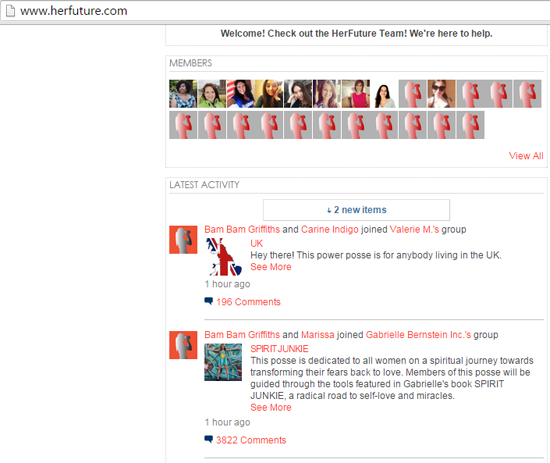3 Solutions to Create Your Own Social Network

Marketers have long struggled to prove the return on investment from their efforts on the various social media networks, but only recently has it been a major point of contention for savvy enterprises.
The more and more that those responsible for social media within their enterprise struggle to prove how superficial metrics such as likes, comments and retweets are positively impacting a company's bottom line, the more they look for solutions that will either cut down their social workload or offer more telling data like website traffic, conversions, calls and other needle movers.
One way companies are capitalizing on consumers' willingness to connect with brands socially - while cutting into some of the engagement and traffic social networks have - is by creating their own social networks, which can be done with a variety of solutions and in a variety of ways.
Social Borrowing
For starters, brands can use a service like Olapic to not replace their social network with one that is currently thriving (in this case Instagram) but rather borrow from it. The way Olapic works is it collects, curates and publishes user-generated content from Instagram and places it on a company's website, where conversions are more likely to take place. Check out this example from Hard Rock:

What works about Hard Rock's use of Olapic is the global brand boasts so many locations that Olapic helps it easily provide local, relevant information on its separate location pages (like this San Diego one) without much effort on Hard Rock's part.
Whether the brand's (moderated) Instagram feed is published on product pages, contact pages or even within email (currently Listrak is the only email service provider working with Olapic), stake holders will be able to track the success of their initiatives and campaigns, as well as measure influence of sales, lift in revenue and conversions and engagement across implementations. Plus, the more brands encourage users to upload their pics on their actual websites (rather than Instagram), the more comfortable consumers will be with the idea of sharing photos directly with the brand.
Just "Ning" It
When end-users start to spend more time on a company's website, that's a very good thing. There are not only SEO benefits for increasing time-on-site, but it also gives users the opportunity to explore more content and products, which can have long-term conversion benefits. Another strategy, however, is giving a brand's do-it-yourself social network a website of its own (or simply a website section of its own). Aspiring enterprises that have possibly yet to launch their websites or already-established companies that are open to the idea of giving their social network a life of its own, should check out Ning.
Launched in 2004, Palo Alto-based Ning is an online platform for people and organizations to create custom social networks. The software as a service (SaaS) platform has helped start more than 2 million communities and can be launched using one of Ning's professional themes or customized to fit a brand's look and feel. As for how it actually works, Gabrielle Bernstein - an author focused on empowering females - provides a great example with her community, www.HerFuture.com. On the site, there is a news feed, similar to the likes of top networks like Facebook and Twitter, as well as sub-groups and the ability to share blogs and photos.

While the social community takes prominence on HerFuture.com's homepage, the site owner promotes her books, lectures and other products via the "Shop" navigation feature that then directs users to her actual, main website.
Companies interested in Ning should know that plans start at $25 and top off at $99 (monthly).
Give Your WordPress Site a Buddy
As the most used content management system in existence, it's only natural that there are social community options for companies using WordPress. BuddyPress is one of the most popular social community plugins for WordPress and helps businesses run social networks that include activity streams, user groups, messaging and other community features.
A feature not often found in most do-it-yourself (type) social network builders is BuddyPress's "Friend Connections," which lets a brand's users make connections so they can track the activity of others, or filter to show only those users they care about the most. By making actual friend connections, the chances are higher that a brand's social network will become part of a user's everyday life, as they have other people to respond to or engage with in another manner.

Time to Get Social
While the majority of businesses will stick to the top social networks for acquiring and retaining customers, the three solutions mentioned here have use-cases for a variety of businesses, everyone from retailers to service providers to publishers should take a digital look.

Subscribe to Our Newsletter!
Latest in Social Media










